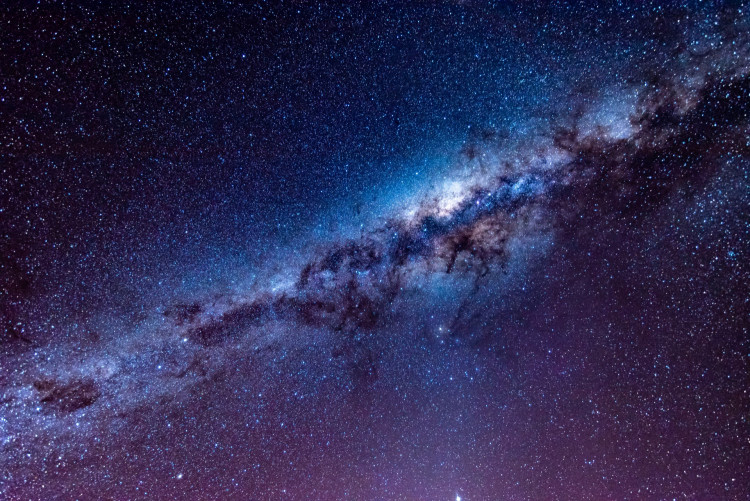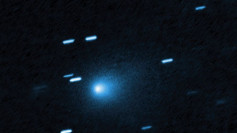A new paper claims that intelligent life could be living on Dyson spheres around white dwarfs spread throughout the Milky Way.
According to Live Science, study co-author Ben Zuckerman, an emeritus professor of physics and astronomy at the University of California Los Angeles, said that's where we should be focused our hunt for extraterrestrials.
A Dyson sphere is a hypothetical artificial home erected around a star by a technologically advanced civilization. Its purpose is to capture as much of the star's power as possible, and it should be a distinguishing feature of a civilization capable of controlling a planetary system's resources.
Any advanced civilization requires energy for food, transportation, conflict resolution, comfort, and convenience. According to The World Counts, the Earth's 7.8 billion people currently consume over 580 million joules of energy every year, which is equivalent to the energy output of nearly 14,000 million tons of oil.
Indeed, practically all human energy is derived from fossil fuels, as humans lack the technological sophistication to rely on the solar system's primary energy generator: the sun.
Solar panels covering every square inch of the Earth's surface would create more than 1,017 joules of energy each second. That would still result in a loss of the majority of the energy radiated by the sun, approximately 1,026 joules per second.
Dyson spheres, named after scientist Freeman Dyson, who created the idea in 1960, are based on this concept. If an advanced civilization truly wishes to tap into their home star's massive energetic output, they must construct megastructures to collect it, blocking out at least a portion of the star's light and transforming it into something useful.
According to a new paper prepared by Zuckerman and accepted for publication in the journal Monthly Notices of the Royal Astronomical Society, it appears implausible that an alien civilization would choose to travel to a new star simply to build a Dyson sphere. As a result, they will only construct these megastructures around their home stars, which will eventually become white dwarfs.
Scientists may now make a direct link between star lives and the prevalence of Dyson spheres. So, if scientists seek Dyson spheres around white dwarfs and find none, it can help estimate how many advanced civilizations may exist in the galaxy, according to Zuckerman.
There has been no evidence of Dyson spheres in previous studies of white dwarfs. According to Zuckerman, only around 3% of habitable planets surrounding sun-like stars produce a civilization that chooses to construct a Dyson sphere around the ensuing white dwarf.
Ultimately, no one knows how many intelligent civilizations may exist in the Milky Way, if any at all, according to Zuckerman.






